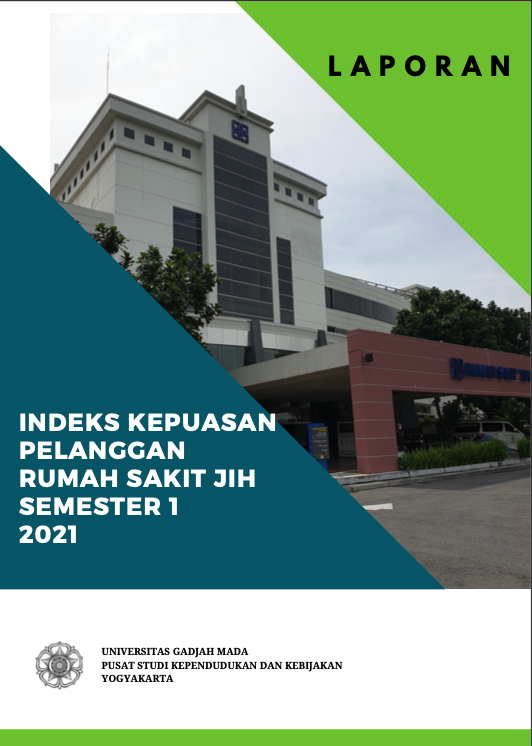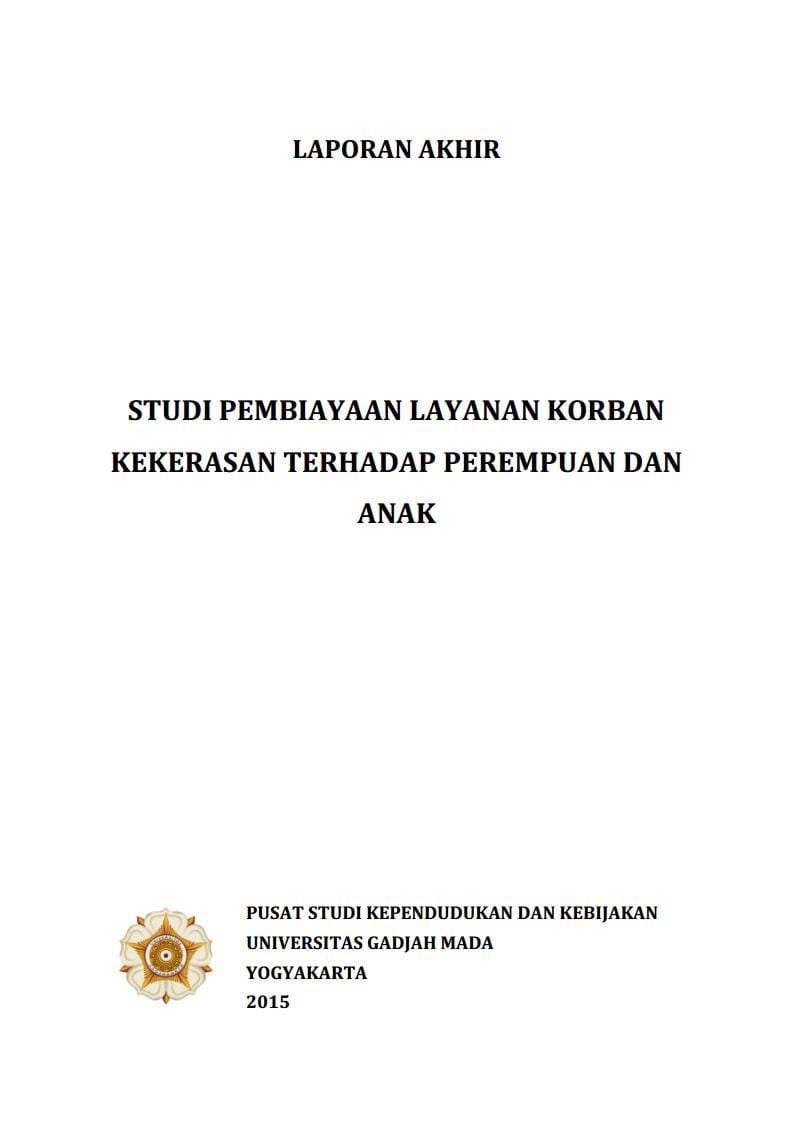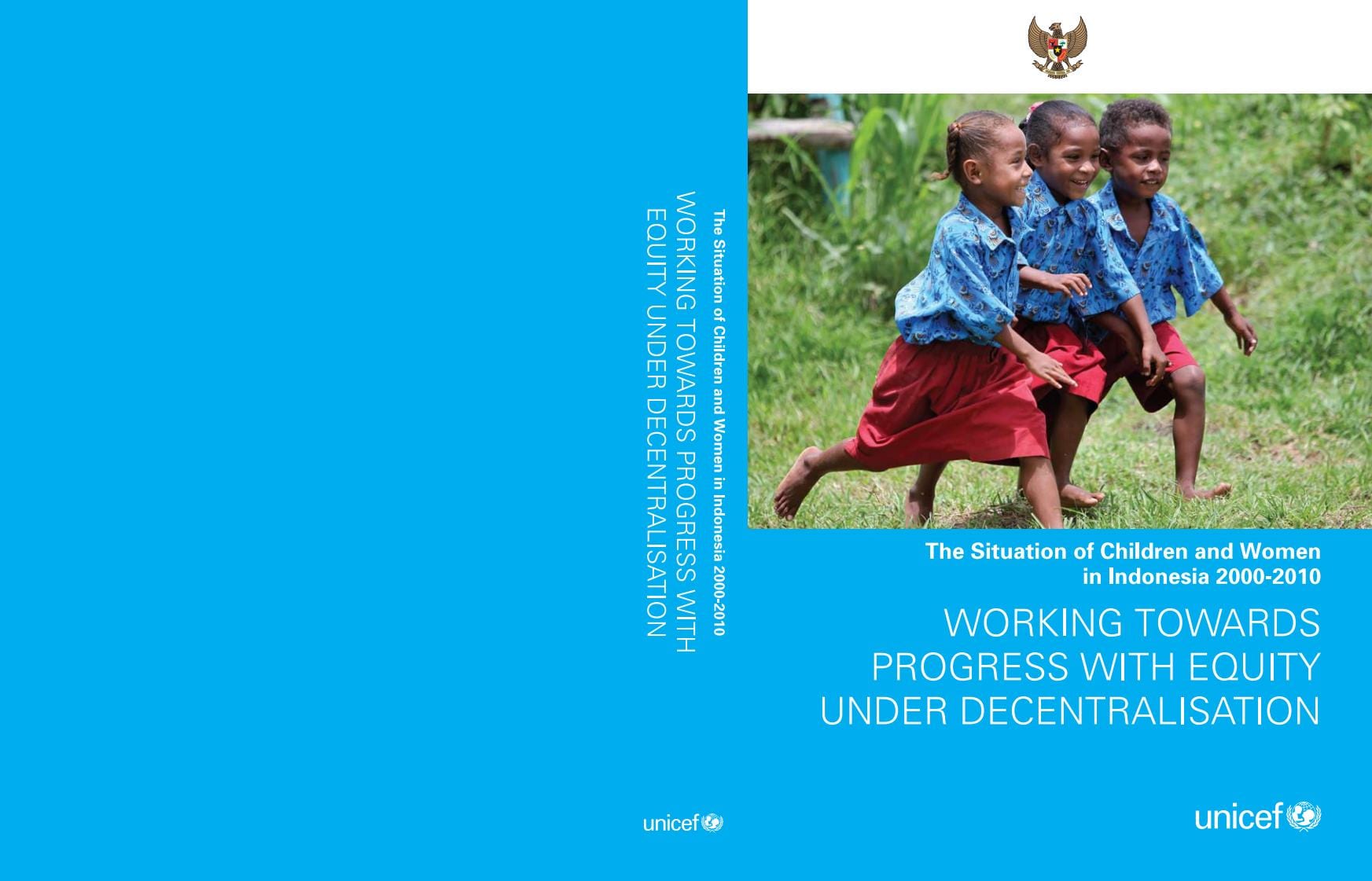Populasi Volume 17 Nomor 2 Tahun 2006
|
Indonesian Bureaucratic Culture: The Ambiquity between Pangreh Praja and Civil Servant
Pande Made Kutanegara
Berbagai kebijakan dan upaya yang dilakukan pemerintah untuk meningkatkan layanan kepada masyarakat belum menampakkan hasil yang maksimal. Salah satu penyebabnya adalah rendahnya kinerja birokrasi dalam memberikan pelayanan. Fenomena ini dapat ditemui hampir dalam semua instansi pemberi layanan kepada masyarakat luas. Perubahan paradigm birokrasi dari pangreh praja dan pamong praja menuju civil servant (pelayan masyarakat) masih sulit diaplikasikan oleh birokrat. Fenomena ini muncul karena masyarakat kita gagal memahami dan menghadapi proses transformasi dunia yang begitu cepat. Proses transformasi sering kali hanya dilihat dalam konteks perubahan yang berbentuk fisik (material culture). Padahal sebenarnya transformasi ada dalam tiga level, yakni dalam tataran materi, perilaku, dan system nilai budaya. Sayangnya, transformasi dalam tataran nilai atau kultur sering kali diabaikan karena dianggap tidak penting, padahal berbagai persoalan yang muncul dalam masyarakat kita sebenarnya bersumber pada persoalan budaya. Oleh karena itu, diperlukan perhatian yang lebih besar terhadap persoalan-persoalan kultural sehingga tidak menjadi batu sandungan, bahkan dapat menggagalkan proses modernisasi di Indonesia.
Kata kunci: kinerja birokrasi, pelayanan
Indeks Kepuasan Pengguna Layanan: Menggeser Kepentingan Pelanggan ke Kepentingan Warga Negara
Bevaola Kusumasari
The new public service recognizes that those who interact with government are not simply called customers but rather citizens. In government, citizens are not only customers, they are owners of the government, and therefore citizens decide what is so important that the government will do. Today, citizens expect public services to meet standards not only such as timeliness and reliability in getting the service but also they should do the services be delivered fairly and with attention to fiscal responsibility as well. More important, citizens contemplate to have the opportunity to influence the services they receive as well as the quality of those services.
Keywords: public service, costumer satisfaction
Population and Development: The Effect of Demographic Transition in Human Resources Development and Welfare in West Sumatra
Teguh Sugiyarto; Desy Febrianty
Artiel ini bertujuan menggambarkan dampak dinamika penduduk yang memengaruhi pembangunan SDM dan kesejahteraan di Provinsi Sumatera Barat, dengan menggunakan data sekunder dari BPS. Hasil analisis menunjukkan dinamika penduduk yang ditunjukkan dengan indeks transisi demografi terkait secara signifikan dengan tingkat kesejahteraan. Kesejahteraan juga berhubungan dengan pencapaian di bidang pendidikan, penduduk yang bekerja di sektor pertanian, dan persentase penduduk yang bekerja selama 35 jam setiap minggunya. Ini mengindikasikan tingkat kesejahteraan berhubungan dengan tingkat pembangunan manusia. Ketika semua variabel digunakan untuk mengontrol hubungan transisi demografi dengan kesejahteraan, variabel yang terkait secara signifikan dengan indeks transisi demografi hanyalah persentase penduduk yang konsumsi makanannya 70 persen dari total pengeluarannya.
Kata kunci: dinamika penduduk, kesejahteraan, pembangunan manusia
Perdagangan Perempuan Antarnegara: Perdagangan Amoi di Kota Singkawang, Kalimantan Barat
Agus Sikwan
Cross country trafficking in women has happened for so many years in many provinces in Indonesia which territory were near other country’s territory. This cross country trafficking has become more complex and related to not just inner state territory, but also outside the country. Its pattern was also changed, not ust organized by one person, but by a syndicated camouflazed in beauty salons, hotels, and tour travel agents. Its purpose moved from prostitution to become migrant workers and the bride of foreign men. The victims also suffered from much harassment, physically, social and economics. Recruitment agents, costumers, husband / family, the owners of the place they worked in were the people who caused the harassment towards them.
Keywords: trafficking, amoi
Ijon dalam Jaringan Perdagangan Anak Perempuan yang Dilacurkan
Johanna Debora Imelda
This paper explores the mechanism of the ijon system in child trafficking and the actors involved in this network. The focus is on the girls who sell tea in bottles in Jakarta. The bosses in child trafficking using the ijon system to maintain their product (the girl child). They keep the girl under endless debt (either money or moral obligation) eversince their leave their origin place. The actors involved in maintaining this system are the girls’ parents and relatives, the bosses in Jakarta and mediators in their origin place, and the local elites in the village. Ironically, the girls who involved in this network were not aware of the exploitation they are going through. On the other side, which the fact happened, they were exploited economically, physically, psychologically, and sexually.
Keywords: child trafficking, ijon system
Menggagas Model Penanganan Perdagangan Anak di Sumatera Utara
Ahmad Sofian
The province of North Sumatera is facing a crucial problem in child trafficking for prostitution. The responses to overcome this problem are insignificant while the case of child trafficking has grown rapidly lately. Many parties gain benefit from this illegal business, on the contrast the children lost their future as becoming the victims of this problem. This study aims to understand the perception and responses to overcome this problem in the future. The result shows that child trafficking for prostitution is still considered a new phenomenon. It is not surprising that the actions taken by the government is till very general, such as policies and program for prostitution in general while the victims are under aged children. There are no specific policies aimed to child trafficking. At the end, this study recommends the importance of intensive and comprehensive coordination of all relevant institution in solving the crucial problem.
Keywords: child trafficking, policies
Pemanfaatan Devisa Pekerja Migran Internasional Di Nusa Tenggara Barat
Lalu Tajuddin; Tukiran
West Nusa Tenggara is wellknown as the sending place for international migrant workers, especially to Saudi Arabia and Malaysia. The foreign exchanged they produced is big enough, almost Rp 1.6 millions per day. Unfortunately, the local government did not receive anything from that amount, except for many complicated problems occurred by the international migrant workers. Many brokers or fund supported agents had benefit from thr workers by preparing their administration paper for the departure. These people also put higher interest on the loan made by the workers and they have a lot of money considered that each year the amount of international migrant workers have increased. On the other side, the local government still resistant in showing goodwill to become the fund supported agent which can protect the workers from loan with higher interest.
Keywords: foreign exchanged, international migrant workers
Perkembangan Kesejahteraan Rumah Tangga Transmigran Daerah Pantai Kabupaten Kulon Progo, Daerah Istimewa Yogyakarta
Antonia Sasap Abao; Nining Sofiati; dan Rita Dewi Tristianti
The observation and interview with some transmigrants in Karangsewu and Bugel found that the rate of prosperity since they joined the transmigration program was not yet promising. There are some factors causing it, such as less commitment from the government in handling the program and problems inside it, the condition of the land given to the transmigrants were sandy land which is not good for agriculture and the low quality of human resources itself. All that causing factors resulted in the low level of prosperity of those who joined the transmigration program. It showed in the classification of their family level which is still KS-1 (family with the first level of prosperity). The data collected by doing quick survey through observation and indepth interview.
Keywords: prosperity, household, transmigration
Kematian Terkait Gempa Bumi 27 Mei 2006 di Kabupaten Klaten, Jawa Tengah
Abdur Rofi
Satlak Klaten published that the number of death affected by earthquake in May 27, 2006 is different spatially. It is interesting to study why it could happen and who has riskiest by earthquake. The research is limited to study the mortality related with the earthquake in Klaten District of Central Java Province, focused on spatial differences in village and sub-district level. Klaten District is chosen as research location because Klaten is most affected than other districts in Central Java and spatial variation of mortality is interesting. Reseach is conducted using secondary data collected from Satlak Klaten, Sakorlak Central Java, and UN-OCHA. Their data is most complete than another institution and enough for preliminary study. The data is analyzed using ArcGis 9.2 for spatial analysis and SPSS for correlation analysis. Correlation analysis is using crosstable and Pearson correlation. The research found that seismic, structural and individual characteristics have contributions to risk of death from earthquake. Female and elderly people have higher risk of death than male and younger people. Building damage is strong predictor to risk of death of earthquake. Magnitude of earthquake and location of population to epicenter have positive correlation with risk of death.
Keywords: mortality, spatial differences, earthquake
——————————
Cara Berlangganan
1. Mengisi formulir berlangganan
2. Transfer biaya langganan melalui rekening Bank Niaga Cabang Soedirman Yogyakarta, No. Rek. 018-01-1412-00-3, atas nama YP3K UGM
- Harga eceran: Rp 15.000,00 / eks
- Langganan P. Jawa: Rp 40.000,00 / tahun (sudah termasuk ongkos kirim)
- Langganan Luar P. Jawa: Rp 50.000,00 / tahun (sudah termasuk ongkos kirim)
3. Fax formulir berlangganan dan bukti transfer ke 0274 – 556563 atau 582230
Petunjuk Bagi Penulis
Redaksi menerima kiriman artikel dengan ketentuan sebagai berikut:
1. Artikel belum pernah dipublikasikan oleh media cetak lainnya.
2. Artikel dapat berupa hasil penelitian (lapangan, laboratorium, kepustakaan), gagasan konseptual kajian, dan aplikasi teori, serta ulasan buku.
3. Naskah ditulis dalam bahasa Indonesia atau bahasa Inggris, diketik spasi 1,5 pada kertas ukuran kuarto atau A4, jumlah halaman antara 25 sampai dengan 30 halaman, termasuk daftar pustaka, tabel, dan gambar/peta.
4. Artikel ditulis dalam bentuk esai dan berisi:
- Abstrak (50-75 kata) dengan bahasa yang tidak sama dengan bahasa artikelnya,
- kata-kata kunci (2-4 kata),
- identitas penulis (CV ringkas),
- pengantar/pendahuluan (tanpa sub-bab) memuat latar belakang masalah, sedikit tinjauan pustaka, masalah atau tujuan, dan kerangka pemikiran teoritis. Pembahasan disajikan dalam sub-bab-sub-bab,
- kesimpulan/penutup,
- daftar rujukan / pustaka yang diacu harus pakai dan masuk dalam artikel.
5. Daftar pustaka ditulis dengan tata cara mengurutkan secara alfabetis dan kronologis, sebagai berikut:
- Buku: nama penulis, tahun penerbitan, nama buku (dimiringkan), kota penerbitan, dan nama penerbit
- Salah satu bab/bagian dalam buku: nama penulis, tahun penerbitan, judul bab/bagian (ditulis dalam tanda petik), dalam nama buku (dimiringkan), nama penulis buku, kota penerbitan, nama penerbit, halaman … hingga …
- Jurnal/majalah: nama penulis, tahun penerbitan, judul artikel/jurnal/, volume … nomor … halaman … hingga …
6. Naskah dikirim sebanyak dua eksemplar disertai file artikel (CD) dengan menggunakan pengolah kata (Microsoft Word) ke Redaksi Populasi, Pusat Studi Kependudukan dan Kebijakan UGM, Bulaksumur G-7, Yogyakarta 55281. Dapat pula dikirim melalui email populasi@cpps.or.id
7. Kepastian pemuatan atau penolakan naskah dikirim secara tertulis. Artikel yang tidak dimuat tidak akan dikembalikan, kecuali atas permintaan penulis.





